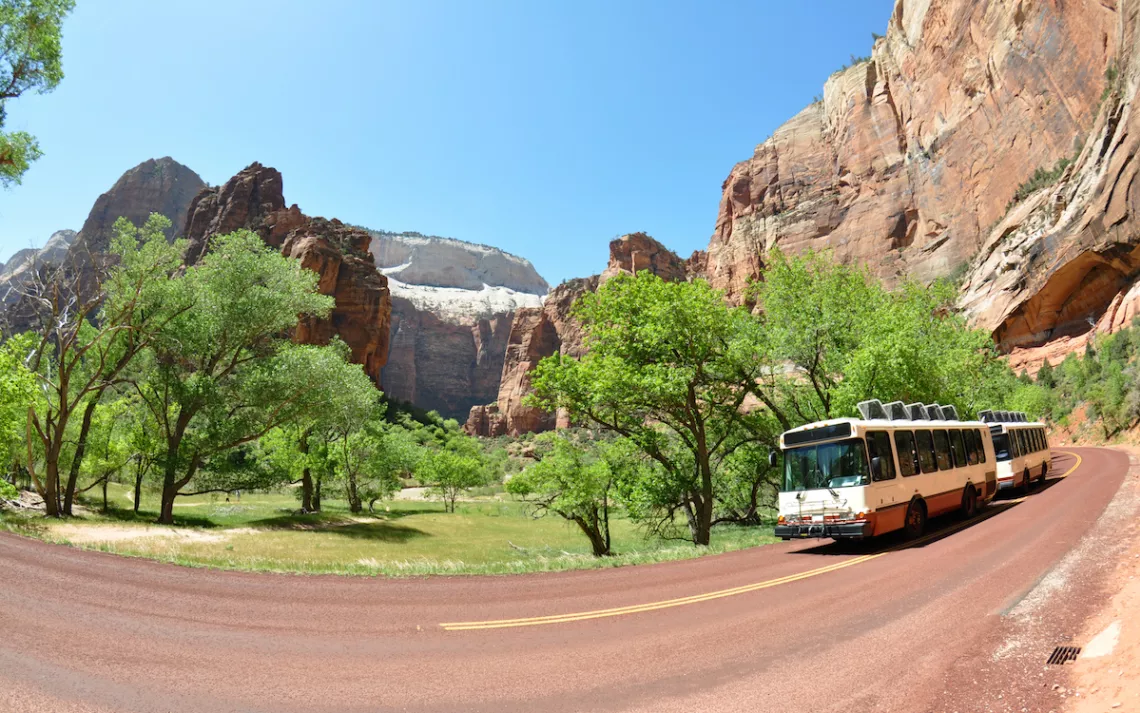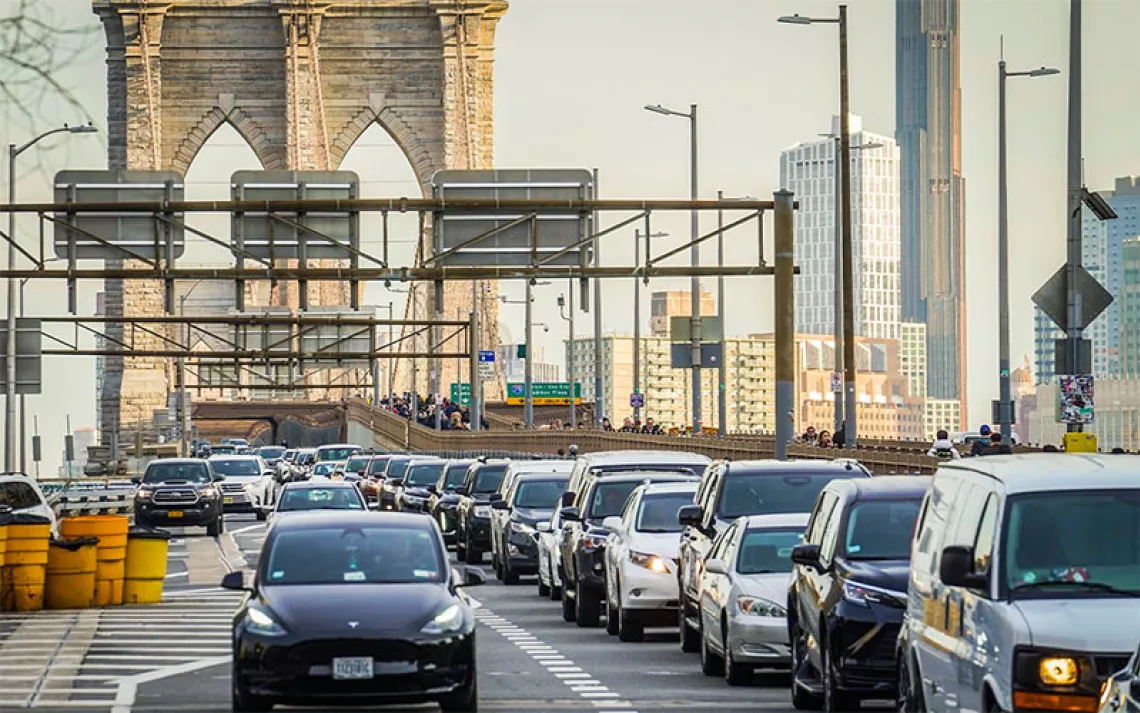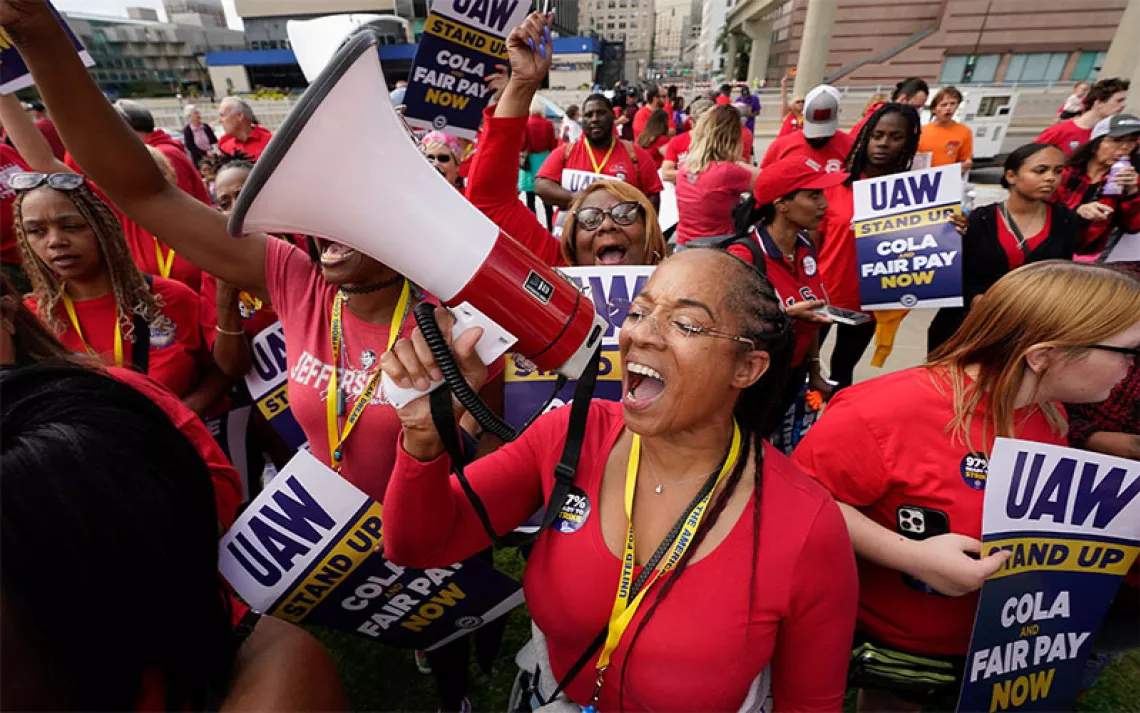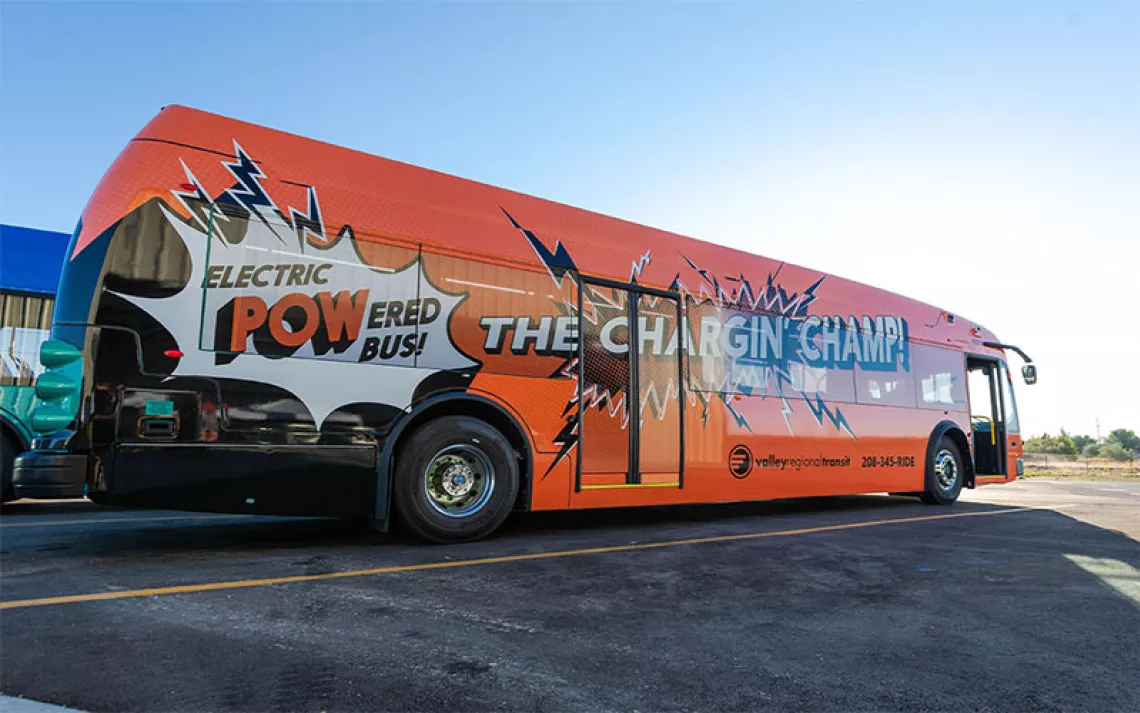Zion National Park Drives Into Green Future With New Electric Shuttle Bus
The park plans a transportation overhaul in an era of crowded trails and roads

Photo by wpohldesign/iStock
Jack Burns says he will always remember his first day on the job at Zion National Park. It was 1982, early spring, and he drove through the sandstone canyons on the park’s east side without encountering many signs of human activity. “Later that day, I wrote to my parents saying I was living in a no-man’s land,” he recalls.
Burns still works at Zion, and in the intervening decades he has witnessed the park’s transformation from a “no-man’s land" into a full-fledged tourist destination (annual visitation has nearly quadrupled since 1982). Today, as chief of commercial services and partnerships, he oversees Zion’s transit system, which began testing the waters for a serious green overhaul when it introduced the first electric vehicle to its fleet of shuttles last month. From August to October, the battery-powered bus is transporting hundreds of visitors daily through the canyon as part of a pilot program to test the feasibility of electric transit at Zion.
The program comes at a time when many national parks are pledging to cut their carbon footprints and serve as examples in the fight against climate change. “From an environmental standpoint, the park always wants to be a leader and use the cleanest alternative fuel that we can,” Burns says. Zion is one of 106 national parks that have signed on to the Climate Friendly Parks Program, an agreement that pledges to reduce emissions from NPS fleet vehicles by 30 percent by 2020. Officials see electric transit as a step toward a greener future for their park. “As far as addressing issues like maintaining a natural soundscape, and of course clean technology, electric always comes to the forefront,” Burns says.
First, they have to see if electric transit is actually feasible in Zion’s rugged conditions. The park’s current fleet of 30 shuttles is put through the paces each season—every day from early spring to late fall they make loops through Zion Canyon, traversing the narrow roads in the desert heat. Personal vehicles are prohibited in the canyon while the shuttles are running, so they’re usually packed. Visitors this summer reported waiting hours in line for a standing-room spot.
Since August, Burns and his colleagues have been monitoring the Proterra E2 electric bus on its daily trips. “What we’re trying to determine by running this pilot is can it meet our demands given the high volume of people that we move,” Burns says. Many issues have been ironed out over the course of the program, which ends this month. In September, after troubleshooting some problems with charge time, park officials had the electric bus making almost as many daily trips as its other shuttles. The park hopes to introduce more electric units to its fleet, and maybe even replace all of its propane-powered buses eventually. But for now those plans are tempered with pragmatism. “The park has made no decisions at this point on whether or not it will go full electric,” Burns says.
The test run comes at a challenging time for national parks as they seek to accommodate an unprecedented number of visitors entering their gates. The last three years each saw a new record for nationwide park visitation, and it looks like 2017 will follow suit, as parks logged 40 million visitors in the month of August alone. This translates into inconvenience for visitors (think hour-long bathroom lines and traffic jams) and damage to fragile ecosystems.
But there’s also a silver lining to busier trails. “I believe that parks always need access, and I believe if you can increase the breadth and depth of that access, then it can lead to a lot of potential stewardship opportunities,” says Joshua Welsh, a park ranger and planner at Yosemite National Park. The issues arise when that access occurs in an unsustainable fashion. “It’s a challenge,” he adds. “We want everybody to come, but a national park is a finite place with finite resources.”
Shuttle services like Zion’s provide a more sustainable form of park access—they keep cars off the road and allow for a more streamlined visitor experience. They can’t, however, alleviate the issue of overcrowding on their own. “There’s no one solution,” says Steven Suder, a transportation planner at the National Park Service who helped orchestrate Zion’s pilot program. “Transit services aren’t the panacea to solve congestion.”
But they are a start, and Suder says parks with shuttle systems are looking for ways to make them more comprehensive and sustainable. Electric transit may play a major role in these efforts down the road—Burns says that Glacier and Grand Canyon are both trying out electric buses this season, and according to Welsh, Yosemite is considering doing the same.
 The Magazine of The Sierra Club
The Magazine of The Sierra Club







